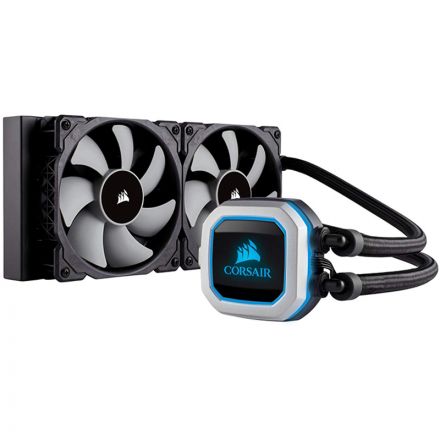This website uses cookies to ensure you get the best experience on our website. Read more


Categories: Technology
Posted: September 04, 2023
In the ever-evolving world of technology, processors are the beating heart of innovation. These tiny chips are the brainpower behind our devices, enabling them to perform tasks faster and more efficiently. As we look ahead, the future of processors promises exciting developments that will shape the way we live, work, and play. In this blog, we'll explore some of the emerging technologies and trends that are set to revolutionize processors in the years to come.
Quantum Computing:
Quantum computing is no longer a concept from science fiction. It's a rapidly advancing field that has the potential to revolutionize computation as we know it. Unlike classical processors, which use bits, quantum processors use quantum bits or qubits. These qubits can exist in multiple states simultaneously, enabling them to solve complex problems exponentially faster than classical processors. While practical quantum computers are still in their infancy, they hold immense promise in fields like cryptography, drug discovery, and climate modeling.
AI Integration:
Artificial Intelligence (AI) is already a part of our daily lives, from virtual assistants to recommendation algorithms. The future of processors will see greater integration of AI capabilities directly into the hardware. This will lead to more efficient AI processing, enabling devices to make decisions and adapt to user preferences in real time. It will also open up new possibilities in areas such as autonomous vehicles and healthcare.
Neuromorphic Processors:
Inspired by the human brain, neuromorphic processors are designed to process information in a way that mimics the brain's neural networks. These processors are highly energy-efficient and excel at tasks like pattern recognition and sensory processing. In the future, we can expect neuromorphic processors to play a crucial role in robotics, prosthetics, and even brain-computer interfaces.
3D Stacking:
To keep up with the demand for increased processing power while maintaining energy efficiency, processors are moving towards 3D stacking. Traditional processors are flat, with components arranged in two dimensions. 3D stacking involves layering components vertically, reducing the distance data needs to travel and improving performance. This technology will pave the way for thinner and more powerful devices.
Edge Computing:
Edge computing is a paradigm shift from traditional cloud computing. It involves processing data closer to the source, rather than sending it to distant data centers. Processors in edge devices will need to be powerful and efficient to handle real-time tasks. This trend is essential for applications like autonomous vehicles, smart cities, and IoT devices.
Advanced Materials:
Breakthroughs in materials science are driving the development of processors made from new materials. Graphene, for instance, has remarkable electrical properties that could lead to incredibly fast and energy-efficient processors. Researchers are also exploring other 2D materials and exotic materials like topological insulators for future processors.
Security Enhancements:
With the increasing complexity of technology, security is a growing concern. Future processors will prioritize security features, including hardware-based encryption and secure enclaves, to protect user data and privacy.
Energy Efficiency:
As our reliance on technology grows, so does the demand for energy-efficient processors. Manufacturers are working on designs that maximize performance per watt, reducing the environmental impact and the need for bulky cooling systems.
In conclusion, the future of processors is a fascinating journey into the unknown. Emerging technologies like quantum computing, AI integration, and neuromorphic processors promise to reshape the landscape of computation. These advancements will not only make our devices faster and more powerful but also open up new possibilities across various industries. As processors continue to evolve, they will remain at the forefront of technological progress, driving innovation and shaping the world of tomorrow.














